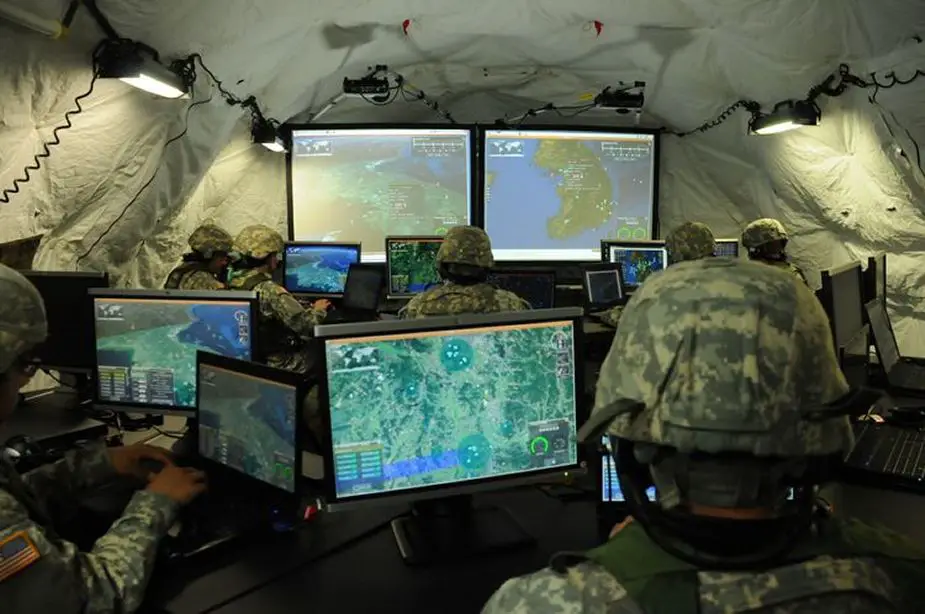Breaking news
Northrop Grumman and US Army demonstrate multi-domain joint air & missile defense.
The Northrop Grumman Corporation (NYSE: NOC)-developed Integrated Air and Missile Defense (IAMD) Battle Command System (IBCS), the foundation of the U.S. Army IAMD, has successfully demonstrated extraordinary capabilities for improving joint force operational effectiveness.
 Northrop Grumman and US Army Successfully Demonstrate Multi-domain, Joint Air and Missile Defense (source: Northrop Grumman)
Northrop Grumman and US Army Successfully Demonstrate Multi-domain, Joint Air and Missile Defense (source: Northrop Grumman)
Following the first phase of the IBCS Soldier Checkout Event (SCOE) development test in August, the second phase of the SCOE was a live-air exercise over three weeks in October at Yuma Proving Ground, Arizona. Soldiers from Fort Sill, Oklahoma, used IBCS to direct Army air and missile defense sensors and weapons to conduct complex, multi-domain air defense operations as part of a higher echelon joint task force with the Marine Corps. “The preliminary analysis indicates all test objectives were accomplished,” said Dan Verwiel, vice president and general manager, missile defense and protective systems, Northrop Grumman. “In an operational environment that included electronic attack, we showed the value of IBCS to resolve ambiguity in the air picture and deliver more accurate target tracking data to support joint integrated air and missile defense.”
IBCS pulled together data from air, ground and Marine sensors to form the integrated air picture. By maintaining tracks on objects even when individual sensors could not, IBCS net-centric operations served as valuable counters to electronic attacks. IBCS also demonstrated the ability to correct radar biases and decipher closely spaced objects to significantly enhance the accuracy of the integrated air picture for the benefit of all joint Link-16 message users. A dozen airborne platforms were identified as “friend or foe” during the live-air SCOE, including unmanned aircraft systems, fighter aircraft, attack helicopters, attack aircraft, tanker aircraft, early warning aircraft, tilt-rotor aircraft and electronic attack aircraft.
The unprecedented capabilities demonstrated in this exercise continue to confirm the effectiveness of a net-centric, enterprise approach to IAMD for getting capabilities to the warfighter that make a pivotal difference on the battlefield. Key to IAMD transformation and the Army IAMD portfolio, the IBCS is managed by the IAMD Project Office, Program Executive Office for Missiles and Space, Redstone Arsenal, Alabama.
IBCS replaces stove-piped legacy C2 systems to deliver a single integrated air picture and offer the flexibility to deploy smaller force packages. By integrating sensors and interceptors, IBCS provides wider area surveillance and broader protection areas. With its truly open systems architecture, IBCS enables incorporation of current and future sensors and weapon systems and interoperability with joint C2 and the ballistic missile defense system.

























